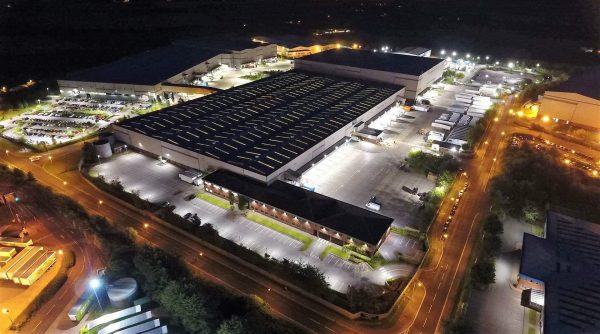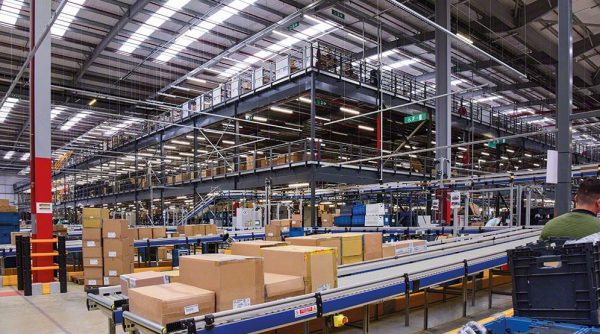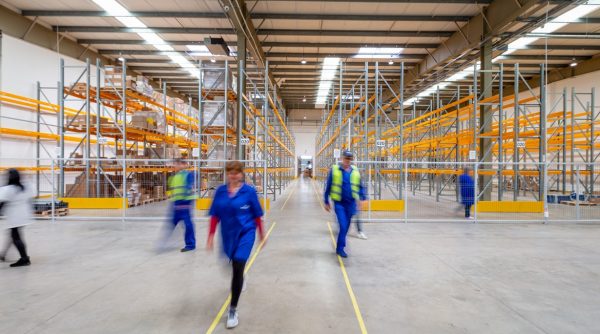Mezzanine flooring is classified by an intermediate floor between the main floors of a building, therefore not counted with the other floors of the building. More often than not a mezzanine consists of a low-ceilinged and has the form of a balcony. The word mezzanine comes from the Italian word mezzano, meaning middle.
Mezzanine Floor Applications
Mezzanine flooring used in industrial applications are normally semi-permanent applications and are typically installed in a variety of commercial buildings, built between two permanent stories within the commercial buildings. The mezzanine flooring structures are typically free standing, and can normally be taken down and built in other areas of the building. Mezzanine flooring is normally built with three main materials; steel, fiberglass, aluminum. Decking of mezzanine flooring is normally constructed via the use of b-deck underlayment and wood product finished floor, and sometimes a heavy duty steel, aluminum, or fiberglass grating.
Mezzanine flooring is often used in warehouses, shops, and factories. The high roofs of a warehouse are ideal for the placement of mezzanine offices.
Common Uses of Mezzanine Floors
Mezzanine flooring has been most widely used for storage applications. This type of application normally sees the sees of either a combination of long-span shelving between an original floor and ceiling. A common application will see the mezzanine flooring being used in two levels, one for storage, the other for offices.
An office mezzanine floor is normally built in a warehouse or factory environment by using composite or steel partitions with glazing.
Mezzanines are also used quite widely in retail to increase selling space and of course for storage. When mezzanine flooring is used in a retail setting strict regulations are in place to make sure they comply with health and safety.
Other uses for mezzanine flooring include; production, sorting, packing, etc.





